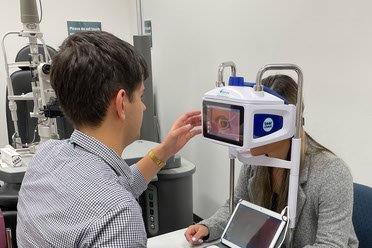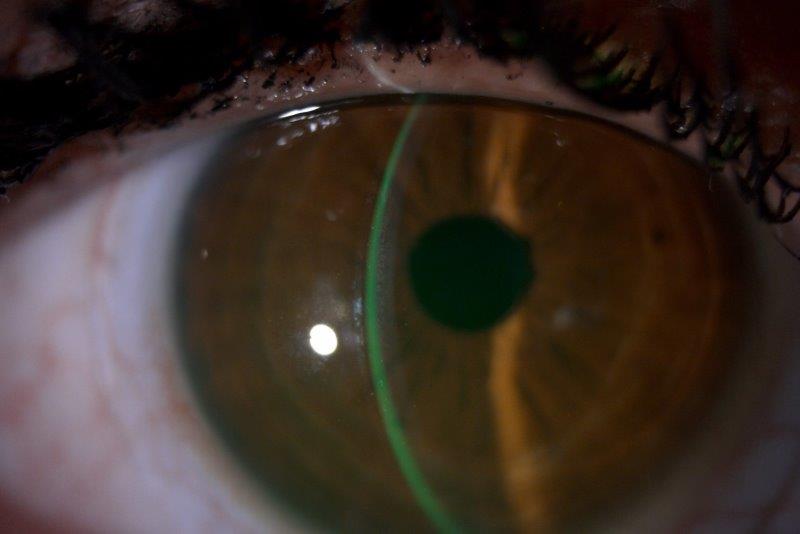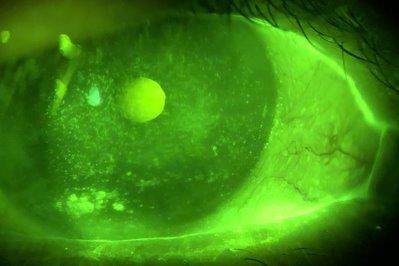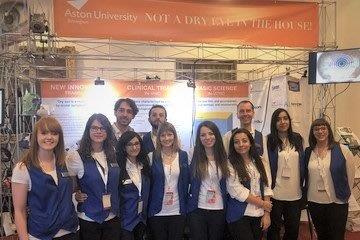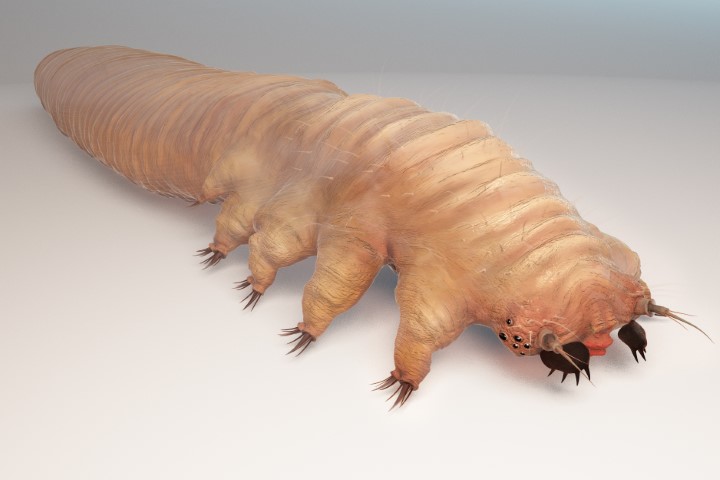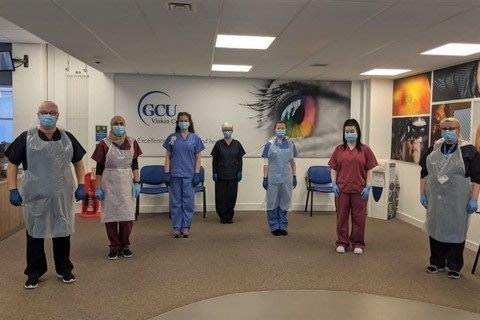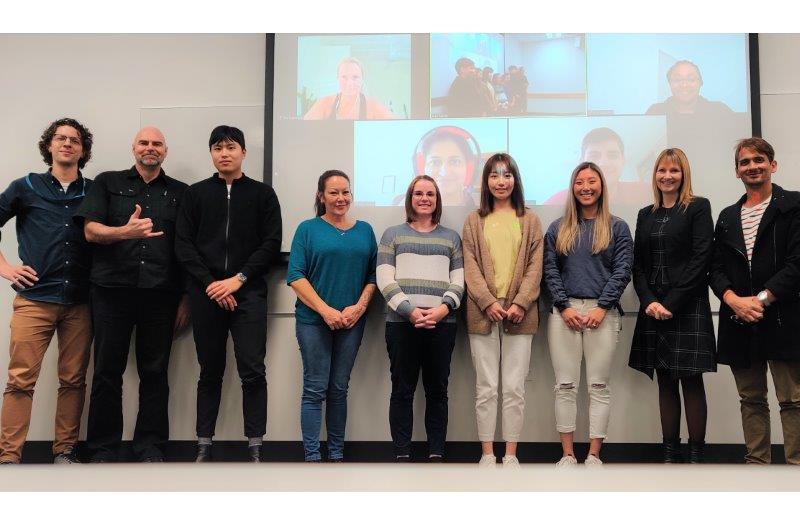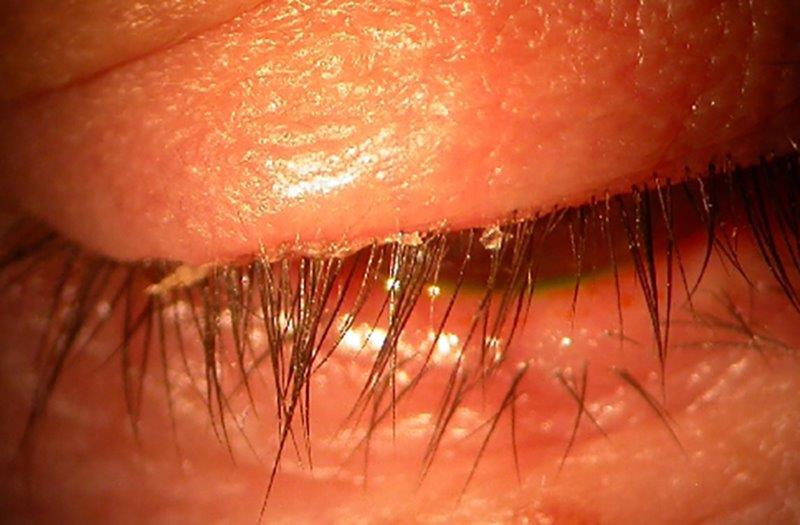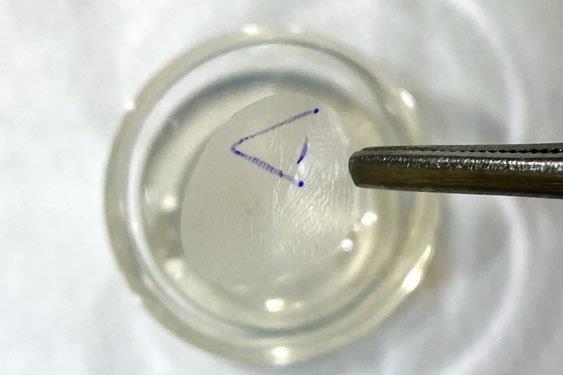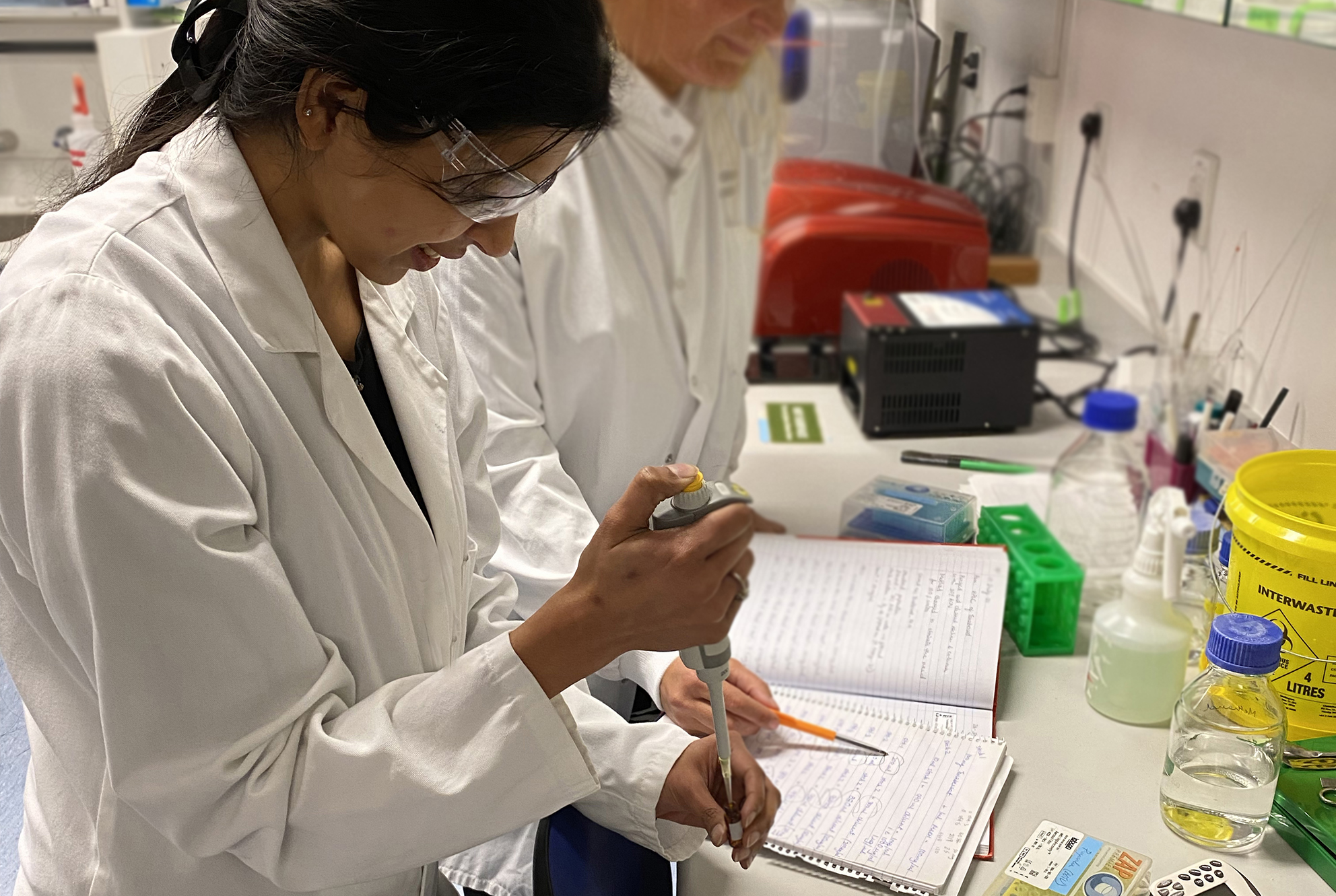New kids on the block in DED
As research in dry eye disease continues to take important steps forward, industry partners have stepped up to bring an exciting range of multifunctional devices to market to assist practitioners in efficiently and effectively diagnosing and managing dry eye disease.
The Ocular Surface Laboratory (OSL) team benefits from early access to some of these new products and the opportunity to use them in research projects, so we can offer practice owners evidence-based information when deciding if they will suit their practice and patients.
Tearcheck
One of the newest diagnostic instruments on the market is Tearcheck from ESW Vision, manufacturers of the therapeutic E-Eye intense regulated pulsed light (IRPL) device for meibomian gland dysfunction (MGD). Tearcheck is a multifunctional dry eye analysis tool, boasting a range of standard tests plus two new, patented examinations: the tear film stability evaluation (TFSE) and ocular surface inflammatory evaluation (OSIE). TFSE evaluates micro-movements of the tear film over a 10-second period, delivering a score reflecting ocular surface dryness. OSIE gives information about the increased risk of inflammation in the eye, as well as the exact dimension and score of the dryness. The Tearcheck device is relatively small, resembling the shape of a virtual reality headset and can be head-mounted or mounted to an adjustable table. The software itself is user-friendly, intended for easy administration by all practice staff.
Myah
Another multifunctional diagnostic instrument being evaluated at the University of Auckland, as part of an international collaboration with the University of Waterloo in Canada and Aston University in the UK, is the Myah device from Topcon. Myah has the capacity to provide both dry eye assessment and myopia management. It includes corneal topography, a comprehensive suite of dry eye assessment tools, axial length measurements by optical low coherence interferometry and progression reports for analysing myopia control treatment efficacy. The instrument is compact and easy to operate.
iLux
Things are just as exciting on the therapeutic side, with a new investigator-led trial about to commence to explore the benefits of a hand-held thermal pulsation device, Systane iLux from Alcon, which is not yet commercially available in New Zealand. The portable device treats MGD in 8-12 minutes via a disposable patient interface. During treatment, practitioners can monitor heat and pressure levels applied to the eyelids, while visualising the treatment zone. Blocked meibomian glands can be targeted, with the potential to deliver individualised treatment. In recent research Systane iLux has been shown to be comparable to LipiFlow in improving signs and symptoms of MGD four weeks after treatment1.
Rexon-Eye
The Rexon-Eye is a non-invasive device designed to treat both aqueous-deficient and evaporative dry eye disease. The device applies low-power, high-frequency electric fields to stimulate metabolism and promote natural cell regeneration. Therapy consists of four treatment sessions of 20 minutes each, at one-week intervals. Ryan Mahmoud, an Auckland-based optometrist specialising in dry eye, will evaluate the device as part of an Auckland University postgraduate certificate in collaboration with OSL.
All of the above studies will be carried out in Auckland, so if you have any patients who might be interested in taking part in, or discovering more about our ongoing studies, please scan the QR code or visit tinyurl.com/UoAOSL.
Reference
- Tauber J, Owen J, Bloomenstein M, Hovanesian J, Bullimore MA. Comparison of the iLUX and the LipiFlow for the Treatment of Meibomian Gland Dysfunction and Symptoms: A Randomized Clinical Trial. Clinical Opthalmology, (14) 2020 pp. 405-418
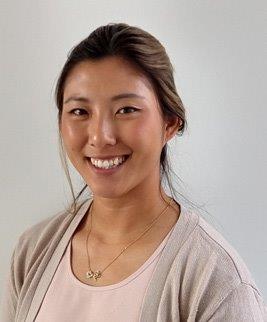
Catherine Shon is an MHSc student in Auckland University's Department of Ophthalmology.









